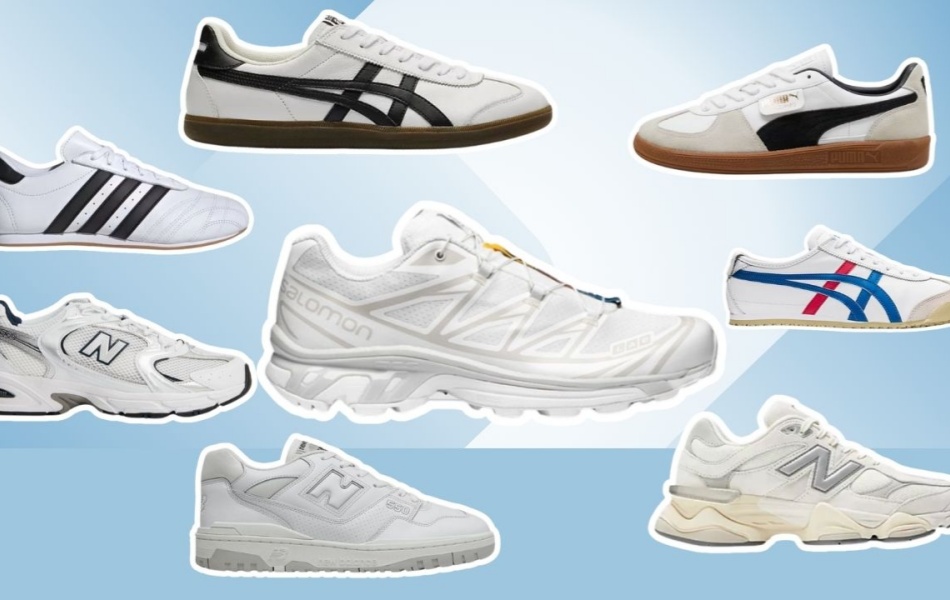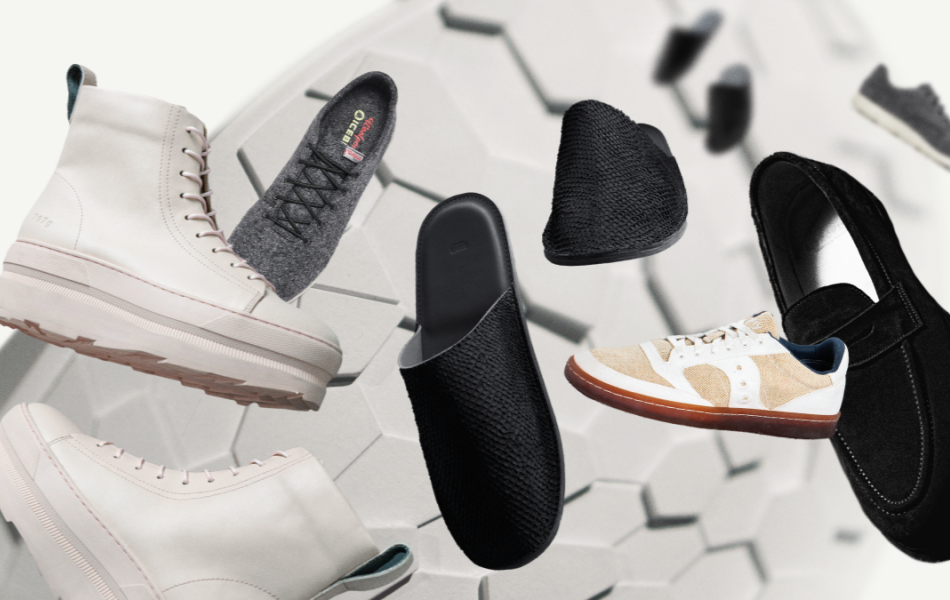- July 8, 2025 23,415 views

First and foremost, consider your foot type. People generally have one of three foot types: neutral, overpronated, or underpronated. Neutral runners benefit from shoes that provide a balanced amount of cushioning and support. Overpronators, who roll their feet inward excessively, should look for stability or motion-control shoes that offer extra support to prevent injuries. Underpronators, who tend to roll their feet outward, should opt for shoes with ample cushioning to absorb shock. Knowing your foot type can guide you toward the most suitable shoe for your running style.
Another essential factor to consider is the shoe’s cushioning. The level of cushioning you choose can significantly impact your comfort during runs. Some runners prefer a minimalistic design that allows for a more natural feel, while others opt for maximum cushioning for added comfort. It is advisable to try on different styles to see which level of cushioning feels best for you. Additionally, consider the type of surface you will be running on. If you run primarily on roads, look for shoes designed for pavement, while trail runners should seek shoes with rugged outsoles for better grip on uneven terrain.
The fit of the shoe is equally important. When trying on running shoes, wear the socks you typically use while running. Ensure that there is enough room in the toe box for your toes to move freely without feeling cramped. A good fit means your heel should feel secure without slipping, and you should have about a thumb’s width of space between your longest toe and the front of the shoe. Trying on shoes later in the day can also be beneficial, as your feet tend to swell, ensuring a more accurate fit.
Weight is another aspect to consider when choosing running shoes. Lightweight shoes can enhance speed and agility, making them ideal for competitive runners. However, they may sacrifice some cushioning and support. Heavier shoes often provide more stability and cushioning, making them suitable for long-distance runs. Assess your running goals and choose a weight that aligns with your performance needs.
Durability is a key consideration, especially for those who log significant miles. Look for shoes made from high-quality materials that can withstand wear and tear. Reading reviews and checking the shoe’s construction can provide insight into its longevity. Additionally, pay attention to the outsole material, as rubber outsoles typically offer better traction and durability.
Consider the brand and model reputation. Some brands are known for their innovative technologies and commitment to quality. Researching customer reviews and expert opinions can help you identify the best options available. Many running stores offer gait analysis services that can provide personalized recommendations based on your running style.


